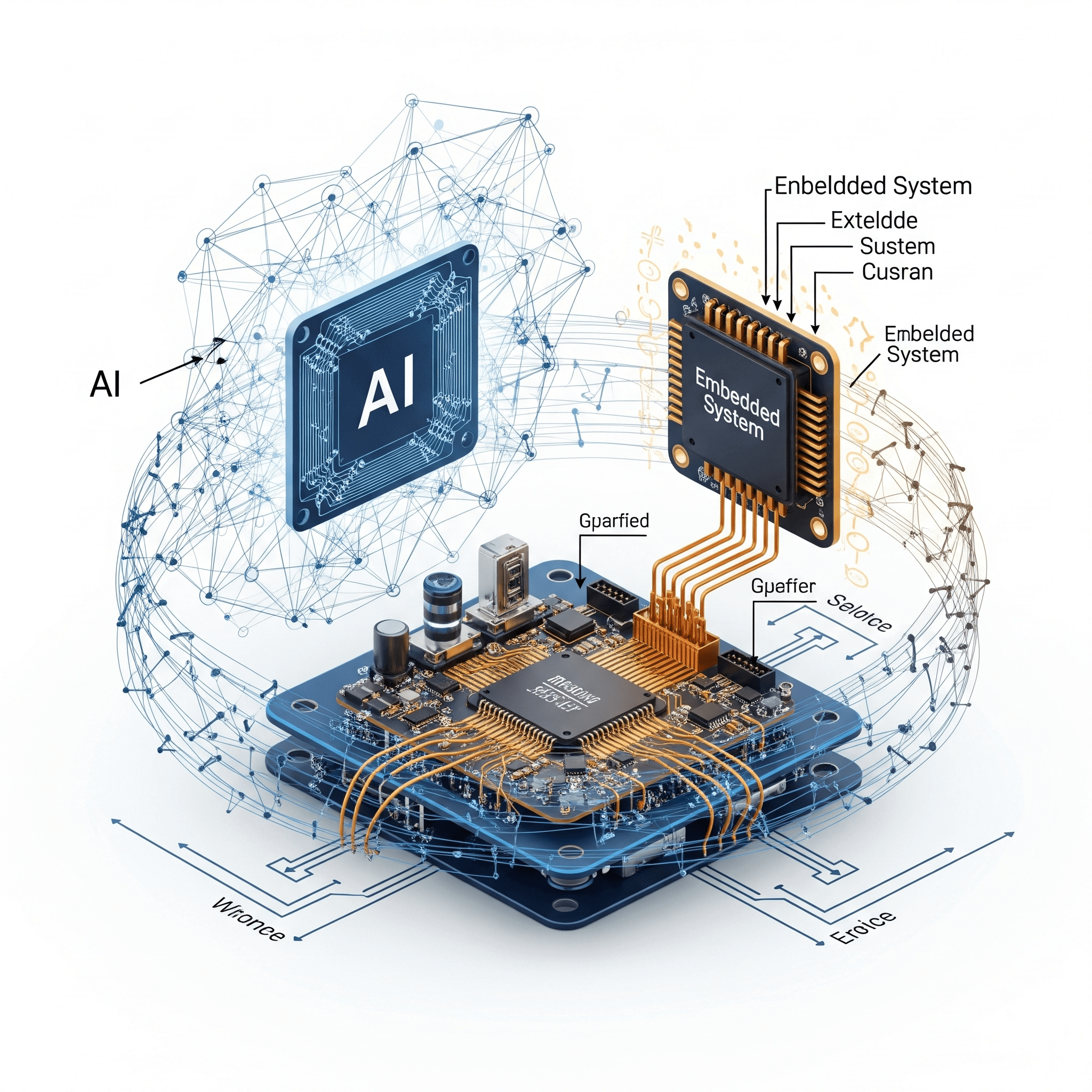Prompt Engineering: Unlocking the Power of AI Language Models
-
- 5 rating
- (1 Reviews)
- 3 students enrolled
Prompt Engineering: Unlocking the Power of AI Language Models
This course plan outlines a comprehensive curriculum for a prompt engineering course, designed to equip learners with the skills to effectively interact with and leverage large language models (LLMs). The course is structured into modules, each focusing on key concepts and practical applications.
-
- 5 rating
- (1 Reviews)
- 3 students enrolled
What learn
- Grasp Prompt Engineering Fundamentals
- Craft Effective Prompts
- Apply Advanced Techniques (CoT)
- Optimize Prompt Performance
Course Content
Requirements
- Basic understanding of AI/ML concepts, familiarity with programming (Python preferred), and access to AI platforms (e.g., OpenAI, Grok, or similar).
Description
Module 1: Introduction to Prompt Engineering (Week 1, 4 hours)
Objective: Build a foundational understanding of prompt engineering and its role in AI.
Topics:
-
What is prompt engineering? Why it matters.
-
Overview of large language models (LLMs) and their capabilities.
-
Anatomy of a prompt: Structure, components, and intent.
-
Common challenges in interacting with AI models.
Activities:
-
Lecture: Introduction to LLMs and prompt engineering (1.5 hours).
-
Demo: Interacting with an AI model (e.g., Grok or ChatGPT) using basic prompts (0.5 hours).
-
Exercise: Craft 3 simple prompts and analyze model responses (1 hour).
-
Quiz: Key concepts and terminology (0.5 hours).
Learning Outcomes:
-
Explain the role of prompt engineering in AI applications.
-
Identify the components of an effective prompt.
Module 2: Crafting Effective Prompts (Week 2, 4 hours)
Objective: Learn to design clear and task-specific prompts.
Topics:
-
Types of prompts: Zero-shot, one-shot, few-shot, and instructional prompts.
-
Best practices for prompt clarity, specificity, and context.
-
Handling ambiguity and bias in prompts.
-
Use cases: Text generation, question answering, summarization.
Activities:
-
Lecture: Prompt types and design principles (1.5 hours).
-
Hands-on Lab: Write prompts for 3 use cases (e.g., summarizing text, answering questions) and compare outputs (1.5 hours).
-
Group Discussion: Share and critique prompt designs (0.5 hours).
-
Assignment: Create 5 prompts for different tasks (0.5 hours, graded).
Learning Outcomes:
-
Design prompts tailored to specific tasks.
-
Apply best practices to minimize ambiguity in prompts.
Module 3: Advanced Prompt Engineering Techniques (Week 3, 4 hours)
Objective: Master advanced techniques to enhance model performance.
Topics:
-
Chain-of-thought (CoT) prompting for reasoning tasks.
-
Few-shot learning and example-based prompting.
-
Prompt chaining and multi-step workflows.
-
Temperature and top-k/top-p sampling for controlling model output.
Activities:
-
Lecture: Advanced techniques and their applications (1.5 hours).
-
Lab: Implement CoT for a math problem and few-shot for classification (1.5 hours).
-
Case Study: Analyze a real-world prompt engineering example (0.5 hours).
-
Quiz: Advanced techniques (0.5 hours).
Learning Outcomes:
-
Apply CoT and few-shot prompting to complex tasks.
-
Use prompt chaining for multi-step AI workflows.
Module 4: Evaluating and Optimizing Prompts (Week 4, 4 hours)
Objective: Learn to assess and refine prompts for optimal results.
Topics:
-
Metrics for evaluating prompt performance (e.g., accuracy, relevance, coherence).
-
Iterative prompt refinement process.
-
Debugging common issues (e.g., hallucination, off-topic responses).
-
A/B testing for prompt optimization.
Activities:
-
Lecture: Evaluation metrics and optimization strategies (1.5 hours).
-
Lab: Evaluate and refine 3 prompts based on model outputs (1.5 hours).
-
Exercise: Conduct A/B testing with 2 prompt variations (0.5 hours).
-
Assignment: Submit a refined prompt with evaluation report (0.5 hours, graded).
Learning Outcomes:
-
Evaluate prompt effectiveness using quantitative and qualitative metrics.
-
Iteratively improve prompts to achieve desired outcomes.
Module 5: Prompt Engineering for Real-World Applications (Week 5, 4 hours)
Objective: Apply prompt engineering to practical use cases.
Topics:
-
Industry applications: Customer service, content creation, data analysis, code generation.
-
Integrating prompts into applications via APIs (e.g., OpenAI, xAI).
-
Ethical considerations: Bias, fairness, and responsible AI use.
-
Scaling prompt engineering for production environments.
Activities:
-
Lecture: Real-world applications and ethics (1.5 hours).
-
Lab: Build a simple application using an AI API with custom prompts (1.5 hours).
-
Case Study: Prompt engineering in a business context (0.5 hours).
-
Discussion: Ethical challenges in prompt design (0.5 hours).
Learning Outcomes:
-
Develop prompts for industry-specific use cases.
-
Integrate prompt engineering into applications via APIs.
-
Address ethical considerations in prompt design.
Module 6: Capstone Project & Course Wrap-Up (Week 6, 4 hours)
Objective: Synthesize skills through a capstone project and prepare for real-world prompt engineering.
Topics:
-
-
Review of key concepts and techniques.
-
Best practices for continuous learning in prompt engineering.
-
Career opportunities in AI and prompt engineering.
-
Activities:
-
-
Lecture: Course recap and career insights (1 hour).
-
Capstone Project: Design and implement a prompt-based solution for a chosen use case (e.g., chatbot, data analyzer) (2 hours).
-
Presentation: Students present projects to peers and instructor (0.5 hours).
-
Course Feedback & Certification (0.5 hours).
-
Learning Outcomes:
-
-
Apply prompt engineering skills to a complete project.
-
Present a prompt-based solution with clear documentation.
-
Identify career paths in AI and prompt engineering.
-
Recent Courses
- June, 23rd 2025
- 3
This course plan outlines a comprehensive curriculum for a prompt engineering course, designed to equip learners with the ski..
- 1699.00₹
2000.00₹
- June, 28th 2025
- 12
In an era where technology is seamlessly integrated into our daily lives, understanding the synergy between Embedded Systems..
- 1599.00₹
2000.00₹
- May, 22nd 2024
- 0
Microeconomics is an essential component of economics as a whole, as it helps us understand how individual decisions and inte..
- 799.00₹
999.00₹
About Instructor
"Founded in 2019, Bringup Education stands as a dynamic Ed-Tech firm. We take pride in offering a diverse array of courses, spanning from school-level education to rigorous undergraduate programs, all impeccably facilitated through our state-of-the-art Learning Management System (LMS).
Moreover, at Bringup Education, we are committed to preparing students for the professional world by providing valuable training and internship opportunities. These experiences not only augment students' skills but also ensure they are 'job ready' upon graduation."

.png)
.png)






